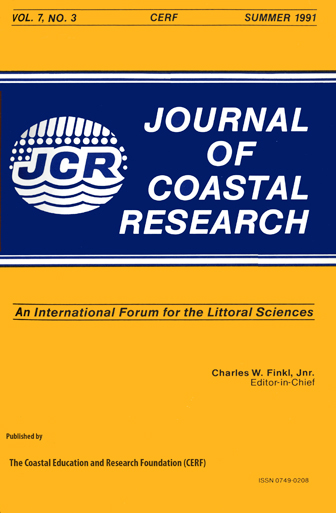Disintegration of Holothurian Fecal Pellets in Beds of the Seagrass Thalassia testudinum
Keywords:
Holothurian, fecal pellets, lifetime data, censured data, VenezuelaAbstract
Techniques of the lifetime data repertoire are used for detection of the disintegration pattern of fecal pellets of Holothuria mexicana and Isostichopus badionotus (Echinodermata: Holothuroidea), two deposit-feeders that play an important role in the cycling of nutrients in Thalassia beds. Pellet mounds could have different composition and be exposed to different disintegrating forces resulting in diverse patterns of disintegration. Traditional methods for lifetime analysis would have resulted in discarding about half of the data. Pellets of I. badionotus disintegrate completely in about 8 hours, suggesting a higher probability for being resuspended than those of H. mexicana which remain on the substrate after 25 hours. The hazard function of I. badionotus suggests a wearing disintegration process, probably due to the internal unconsolidation activity of bacterial and fungal growth. The hazard function found for H. Mexicana suggests an accidental pattern of disintegration, probably due to the picking inspection of marine motile organisms.


